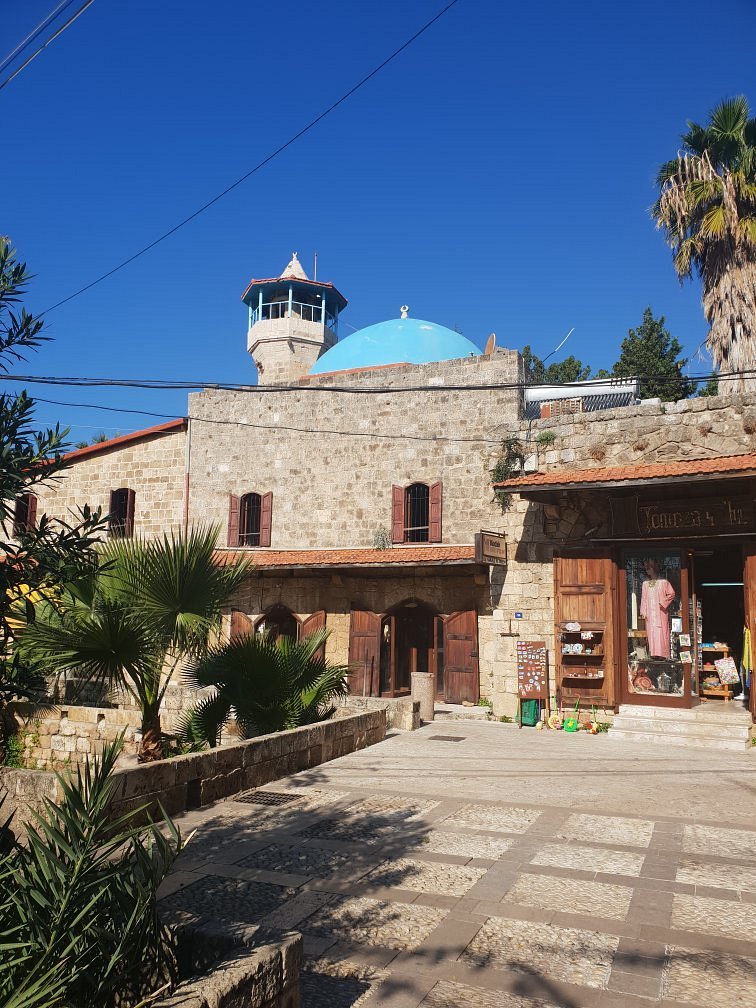With a history spanning thousands of years, Jbeil (Byblos) is one of the most visited destinations in Lebanon. As USAID’s Trade and Investment Facilitation (TIF) project is working to raise the profile of the district and improve its tourism offering, we explore some of the historical jewels of Jbeil.
Byblos, known as Jbeil in Arabic, is a beautiful coastal city located in Mount Lebanon. With a rich history that dates back over 7,000 years, Byblos is considered one of the oldest continuously inhabited cities in the world, making it a unique destination for travelers who want to explore its remarkable history. Indeed, visitors can enjoy Byblos’ Mediterranean views, take a stroll through the ancient alleys, admire the fascinating blend of historic ruins and modern buildings, and even have fresh seafood at one of the many renowned fish restaurants. In short, Byblos is a brilliant year-round destination that has so much to offer.
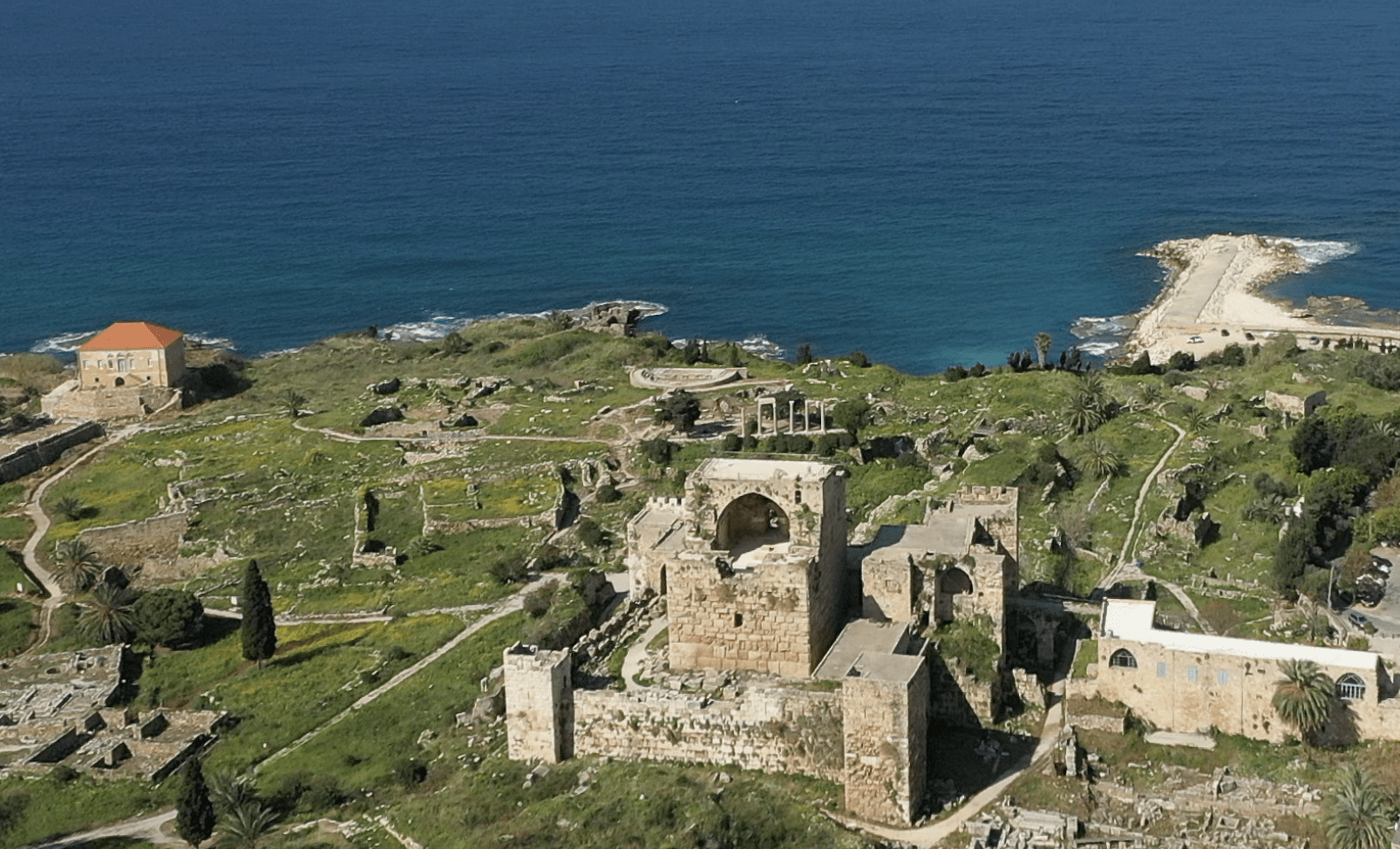 Citadel
Citadel
Also known as the Castle of Gibelet, the magnificent Citadel of Jbeil is undoubtedly the pride of region. The 12th-century Crusader castle was constructed using indigenous limestone and the ruins of Roman monuments. It has been well preserved despite various attacks over the centuries and remains a symbol of defiance.
The Roman theater, which was constructed around 218 AD, now has only five remaining tiers. It was originally located between the city gate and the Great Temple but was later moved closer to the sea. A mosaic that once existed in the center of the theater is now preserved at The National Museum of Beirut, with the location marked by black pebbles.
The Temple of the Obelisks, initially erected on the site of the “L-shaped temple,” was relocated to its current position by a team of archeologists. This temple was constructed during the Late Bronze Age, from 1600-1200 BC, and is known for its small obelisks.
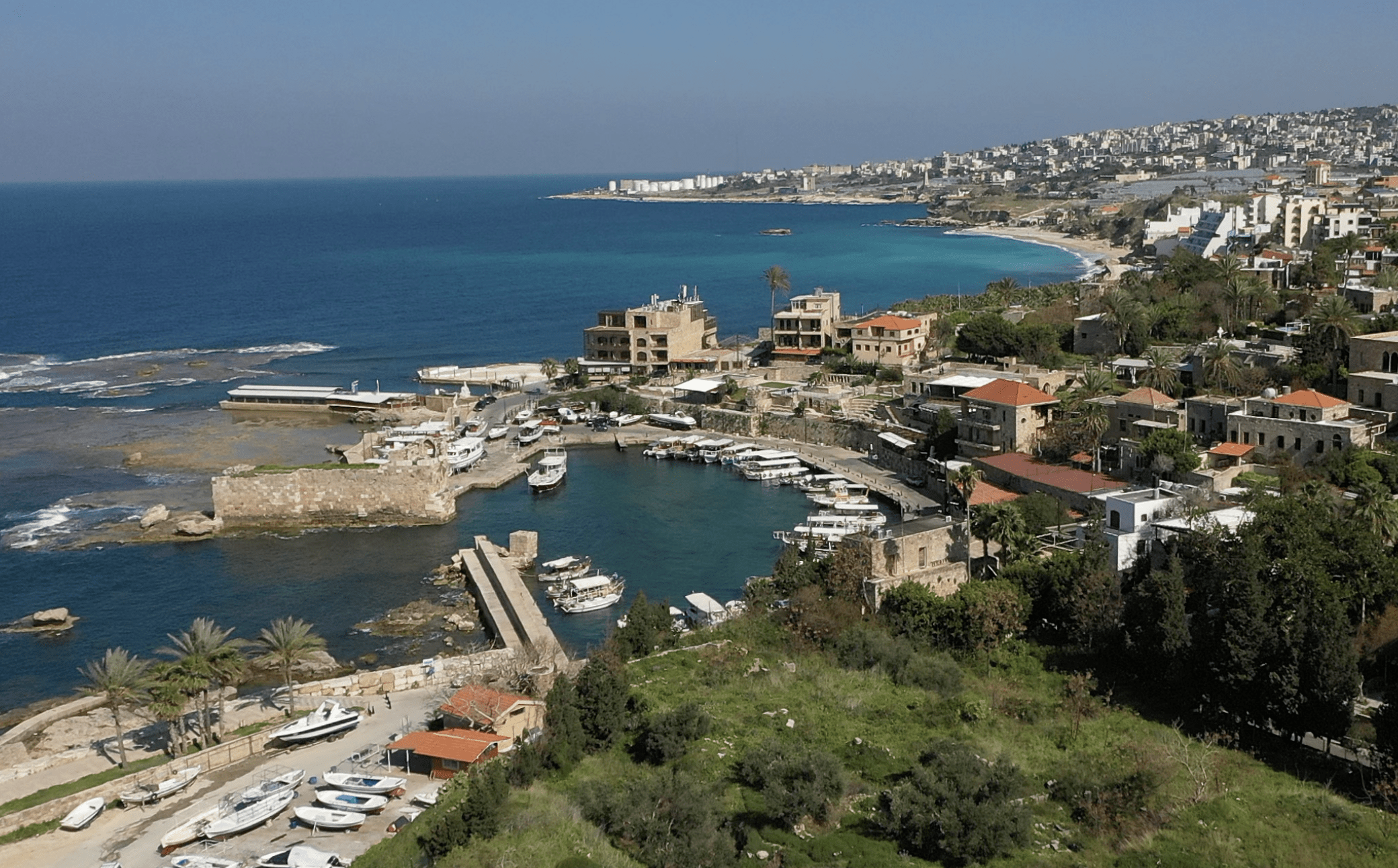 Port of Byblos
Port of Byblos
The port of Jbeil boasts a 5,000-year history and is reputedly the oldest port in the world. Among its many attractions are the two towers guarding its entrance. Once used by the Phoenicians as a center for maritime trade, the port now serves as a vibrant destination for visitors who can enjoy a stroll along the port wall, a ride on a fishing boat or lunch at one of the many seafood restaurants.
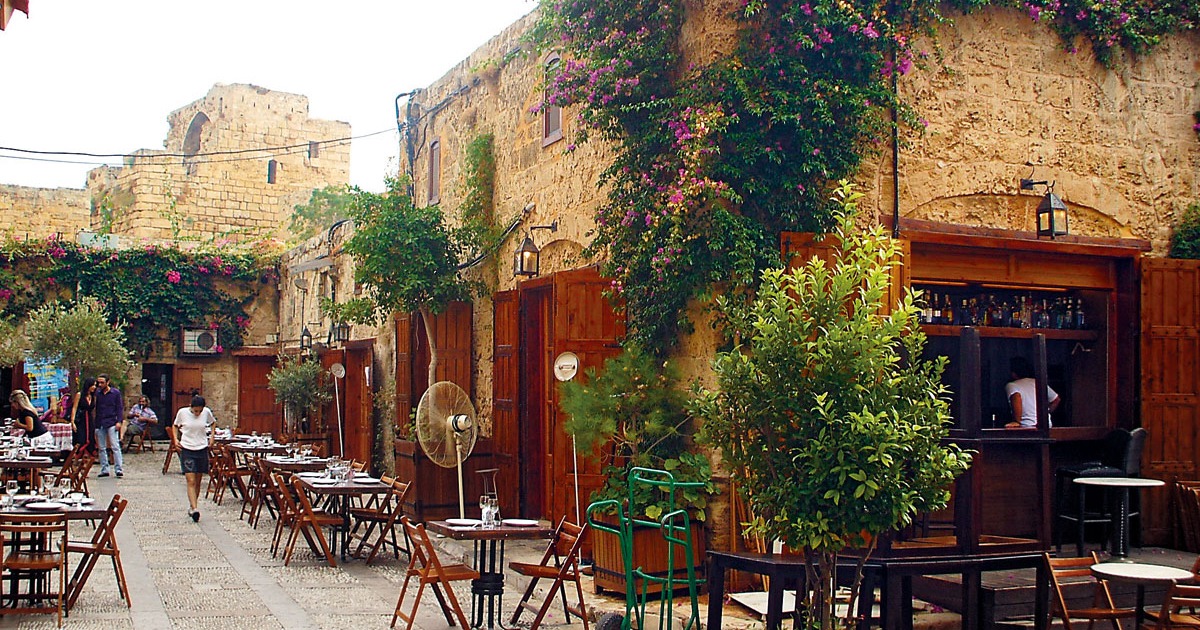 Old souk
Old souk
The historical marketplace of Jbeil features narrow winding streets and alleys filled with shops, cafes and restaurants offering traditional Lebanese handicrafts, textiles and spices. There’s even a fossil museum for geology enthusiasts.
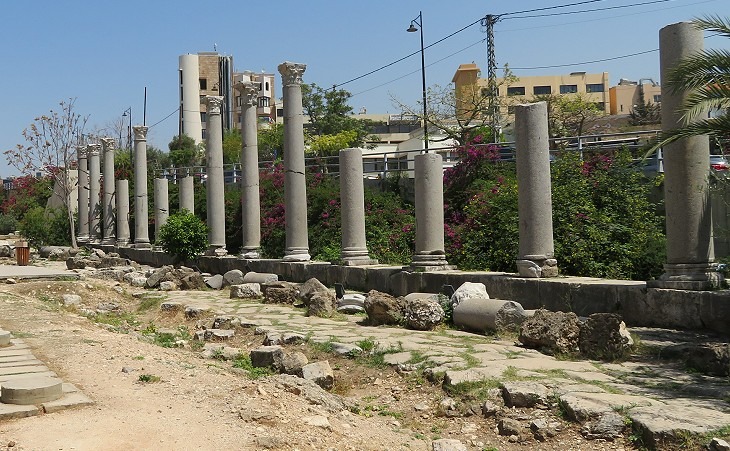 Roman Road
Roman Road
The Roman Road of Byblos is an ancient road that once connected the city to other important centers. Constructed with durable materials that have withstood the test of time, the road is a popular tourist attraction, showcasing the advanced engineering skills of the Romans.
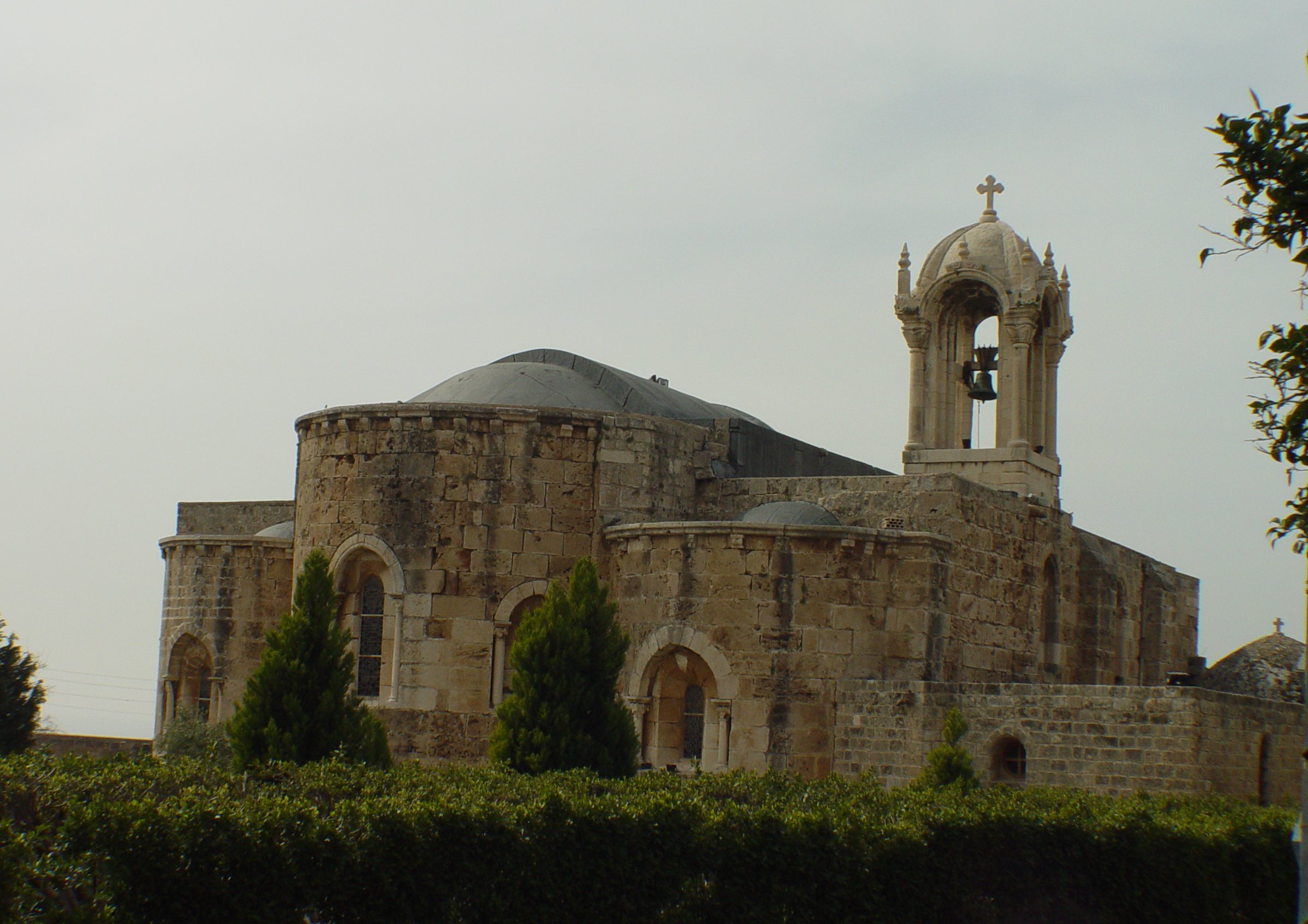 Cathedral of Saint Mark
Cathedral of Saint Mark
The stunning Cathedral of Saint Mark, the patron saint of Byblos, was built by the Crusaders in 1115. Despite suffering damage over the years as a result of environmental and man-made disasters, the church has undergone renovations and remains open to the public. Apart from its numerous statues and beautiful bell dome, the church is surrounded by pretty gardens and courtyards.
Sultan Abd El Majid
Although the mosque was built in 1648 and refurbished in 1783 by Emir Youssef Chehab, it was named after the 19th-century Ottoman Sultan Abdel Majid. It is situated outside the archeological site, within the medieval city walls.
To explore these sites and other impressive landmarks, call Maison du Tourisme Jbail-Byblos (+961 70 104 173).
This article is part of a joint project to promote tourism destinations across Lebanon, launched by the Trade and Investment Facilitation (TIF) activity, funded by the United States Agency for International Development (USAID), and Hospitality Services. The content of this article is the sole responsibility of Hospitality Services, and does not necessarily reflect the views of USAID or the United States Government.
Loading



